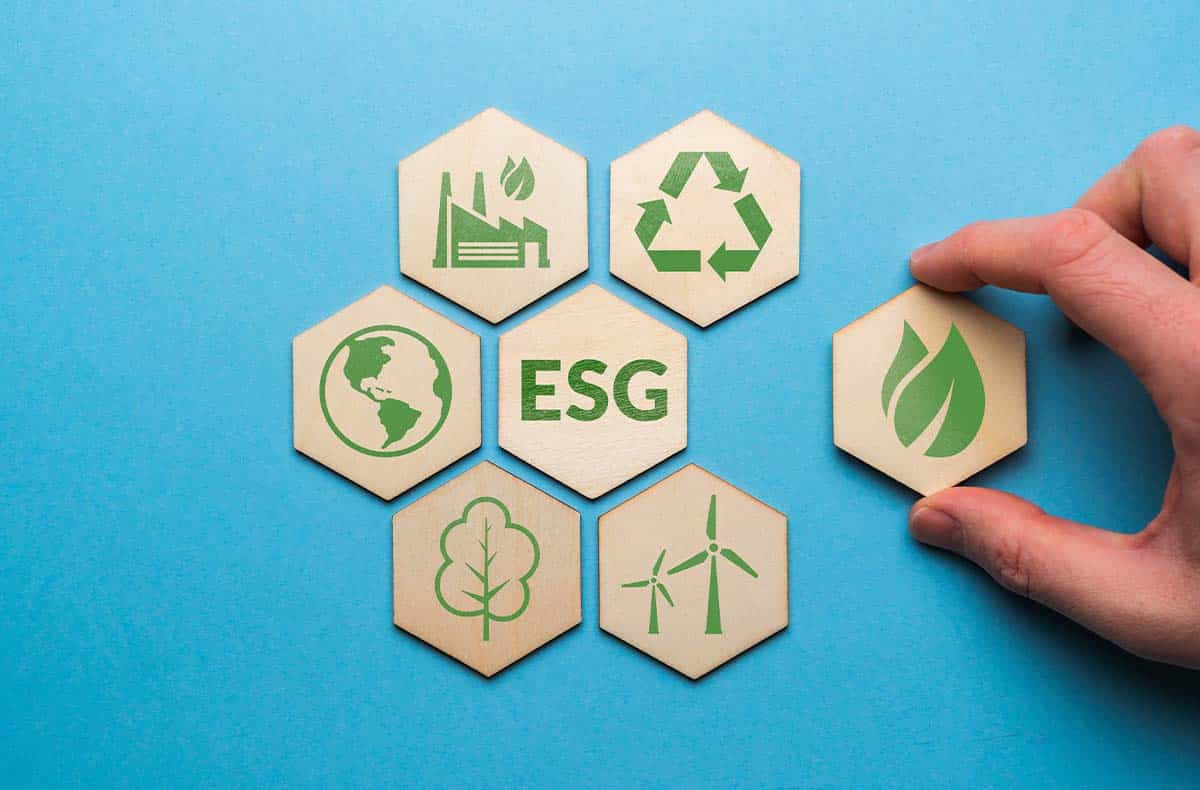
These days, ESG reporting has become more of a necessity than an option. It is a golden opportunity for corporations and organizations to adopt a culture of responsible investing and corporate social responsibility. Reporting is essential in current climes as the world transitions toward a more sustainable future. Where “E” stands for “Environmental,” “S” for “Social” and “G” for “Governance,” the concept has become a constant in corporate activities. Suffice to say, ESG is here to stay.
Under the three (3) pillars, corporations and even NGOs are expected to report essential activities such as supply chain management, labor rights, climate change awareness and response, energy consumption, sustainable and responsible innovation, and pollution. Most corporations subscribe to the Global Reporting Initiative (GRI) standards, and there has been unprecedented compliance in recent years.
One of the ESG Foundation’s key functions is to explain what an ESG report looks like for anyone unfamiliar with their content or design. Here, we take a look at some of the hundred of ESG reports featured in the ESG Foundation’s Reports Showcase, comparing the good, the not so good, and the decidedly works in progress across a number of fields.
From the technology sector, ESG reports by Microsoft and Netflix feature, Wyndham and Hilton Hotels represent the hospitality sector, and Coca-Cola and Wendy’s feature for the food sector.
Microsoft’s “2020 Environmental Sustainability Report” is centered around its commitment to environmental sustainability. For instance, they note that about 1.3m metric tons of carbon have been removed, and around 10 petabytes of environmental data have been made available. In the appendix to the report, activities under “social” and “governance” are briefly highlighted, albeit with strong links to the recurring ‘environmental’ aspect. In their 2020 ESG report, Netflix maintains a balance between the three (3) ESG pillars. While plans to utilize 100% renewable electricity to power their global operations are in the works, they observe that there is a conscious effort to ensure the diversity of their workforce. For example, women account for half of the workforce, including at the leadership levels.
Wyndham’s comprehensive 2021 ESG report features all ESG pillars. Under the “Wyndham Green Program,” the “Wyndham Green Toolbox” (an online environmental management system) and the “Wyndham Green Certification Program” have been developed. Wyndham remains committed to the social pillars through their diversity and inclusion, health and well-being, human rights, and community principles. Finally, its governance models have stringent rules and policies that ensure transparency and accountability. In Hilton’s 2020 report, emphasis is laid on the corporation’s activities are maintaining UN sustainable development goals (SDGs). For instance, waste produced by the hotel chain decreased by about 50%, contributing to SDGs 3 and 12 (good health and responsible consumption, respectively). Noteworthy, under the social pillar, there was a deliberate effort to ‘support team members,’ especially as the covid-19 pandemic ravaged society.
For Coca-Cola, 2020 was dedicated to “focusing on the highest-priority ESG issues for our company, system, and stakeholders.” In essence, particular attention was paid to economic downturns, diversity and inclusion, social unrest, GHG emissions, and adapting to and thriving in digital environments. However, the report maintains a record of activities on ESG essentials across all pillars. Wendy’s 2020 ‘corporate responsibility report’ also strikes a good balance between all ESG pillars. In addition to delivering high-quality food transparently in accordance with the UN SDGs 2 (zero hunger) and 12 (responsible production and consumption), there is a commitment to reducing carbon footprints and ensuring equality and diversity. Notably, the organization was awarded one of the best places to work for LGBTQ+ Equality by Human Rights Campaign.
ESG reporting has come a long way. On a positive note, corporations’ response to ESG reporting is commendable. A sense of urgency exists to maintain corporate integrity by committing to the best ESG standards. This has even resulted in the urgent hunt for ESG talent and the placement of ESG structures to ensure continuity. However, there is still some work to be done. Corporations must do well to strike a fair balance between all ESG pillars. Neglecting one or more of the pillars neutralizes the aim of ESG reporting. Further, specific uniform and minimum standards must be met. This is evident in the various methods corporations use to report ESG activities. In this vein, subscribing to uniform standards is highly recommended as we continue to watch this important field evolve.


